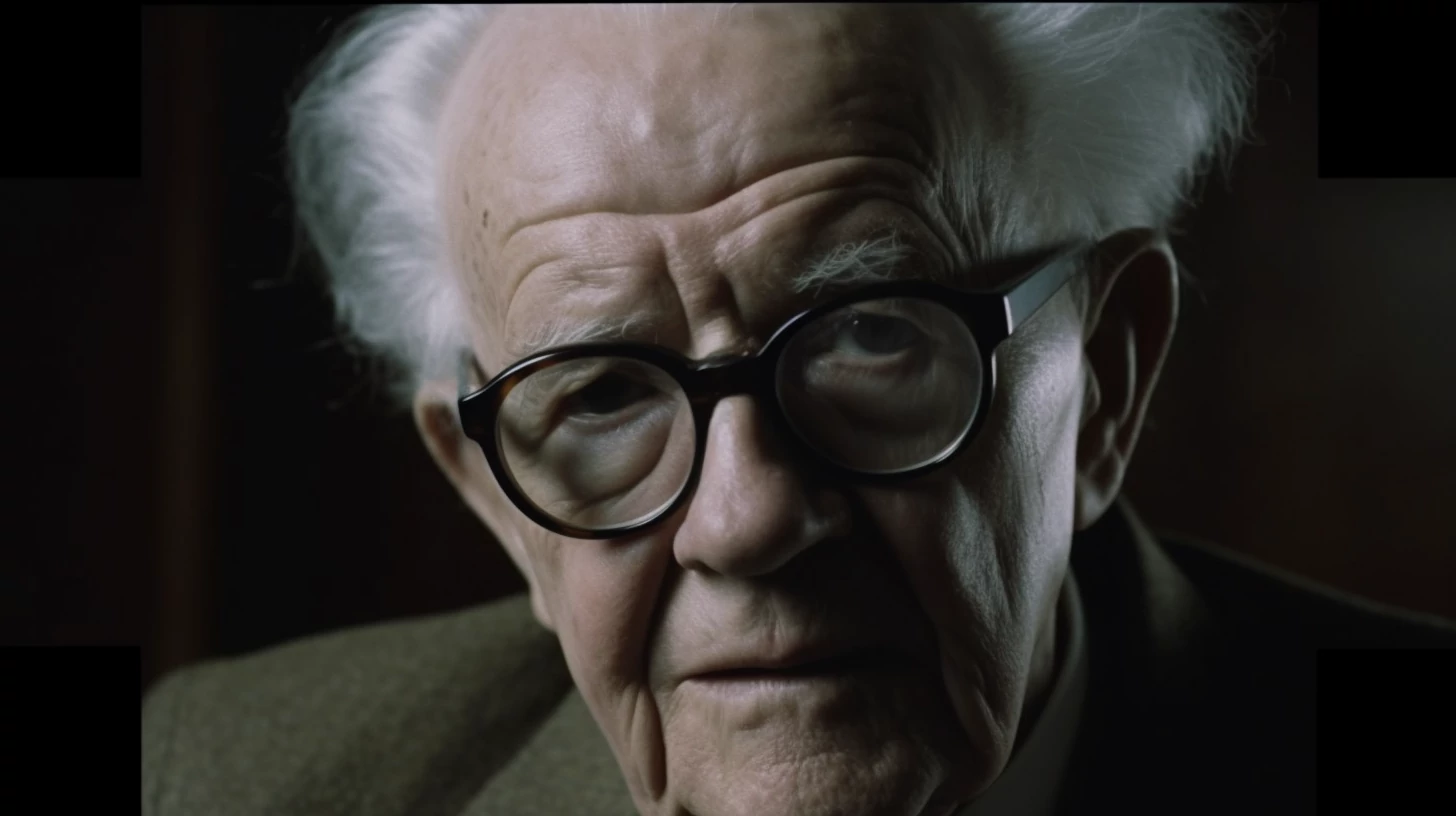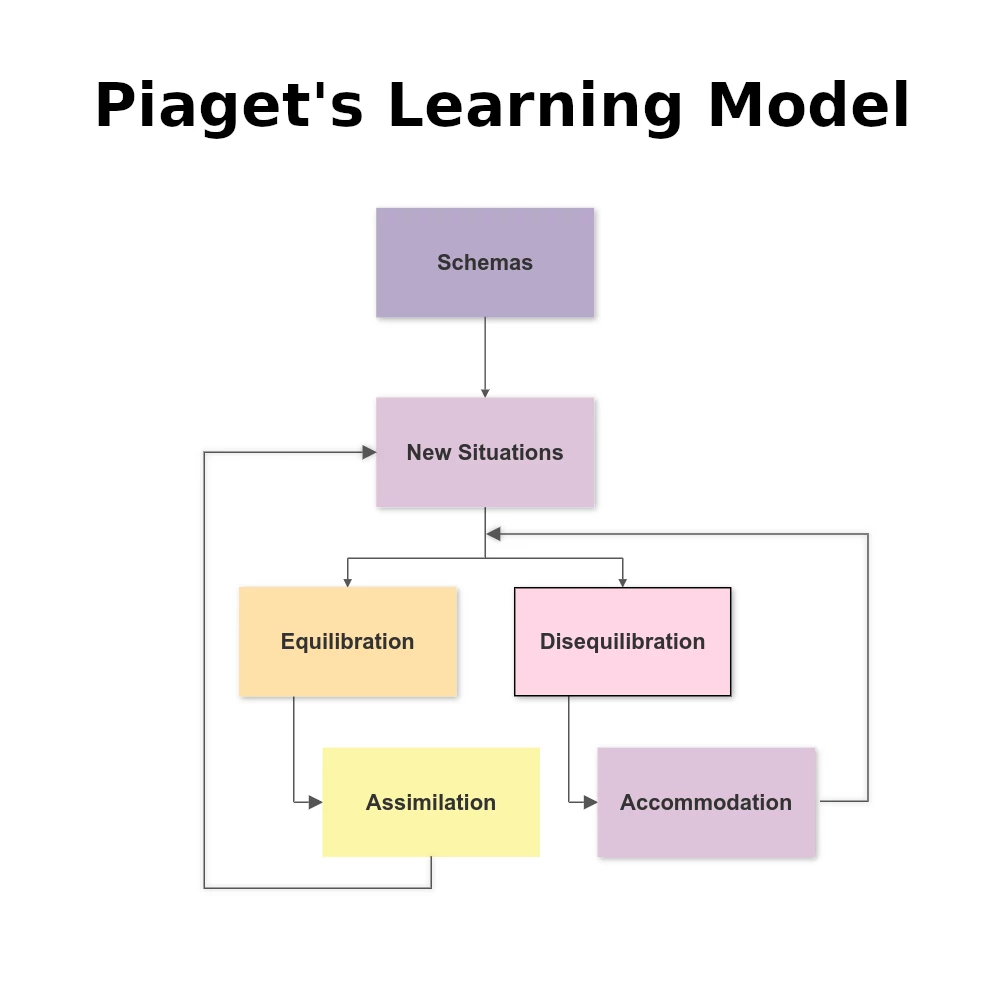
Understanding Piaget's Equilibration: The Key to Cognitive Growth
Equilibration comes from the individual's offset activities against external disturbances. Ie. that it is not a state of rest - but can be perceived as a stable state in an open system. Equilibration must be understood as an inherent and constitutive part of organic and psychic life.
Let’s look closer at how this theory works and the ways it could be applied in life.

Equilibration vs Disequilibration
First of all, we can see in the model that when a person tries to apply their existing cognitive structures (schemes) to new situations, there are two possible outcomes: equilibration or disequilibration.
Equilibration refers to the process of achieving balance or equilibrium between one's schemes and the new environment encountered. Disequilibration, on the other hand, refers to a state of cognitive imbalance or confusion that arises when new information or experiences cannot be assimilated into one's existing cognitive structures.
Assimilation vs Accommodation
The next step will depend on the person’s response to a new situation: assimilation in case of equilibration or accommodation in case of disequilibration.
Assimilation is the process by which individuals incorporate new information or experiences into their existing cognitive structures or schemas. This occurs when one encounters new information or experiences that are consistent with their existing mental frameworks. For example, a child who has learned the concept of "dog" might assimilate the new information that a poodle is a type of dog into their existing schema for dogs.
After assimilation is over, a person is ready to deal with another new situation.
Accommodation, on the other hand, is the process by which individuals modify their existing cognitive structures or schemas to accommodate new information or experiences that cannot be assimilated into their existing mental frameworks. This occurs when individuals encounter new information or experiences that are inconsistent with their existing schemas, leading to cognitive conflict or dissonance. For example, a child might accommodate their schema for dogs when they encounter a cat for the first time and realize that not all four-legged, furry animals are dogs.
After accommodation, a person might experience equilibration or disequilibration again. Then, the circle repeats itself.
Equilibration in Life
Even though Piaget applied his theory mostly for children’s development, adults can use the equilibration scheme as well, because we learn and enter phases of equilibration/disequilibration, assimilation/adaptation throughout our whole lives.
For example, a person might experience equilibration or disequilibration when learning a new language. The mind always tries to apply the schemes from its native language to a foreign one. And sometimes these schemes work, but sometimes they don’t. So, we pass through both assimilation and accommodation. Same happens when we start a new job or learn to drive a different car. Maybe we don’t know it, but we encounter new situations and learn from them all the time.
It’s important to note that according to Peaget, the actual cognitive change (growth) happens only during the accommodation phase. We naturally, maybe unconsciously, are always looking for equilibration which feels safe and comfortable, and try to assimilate as much as possible. However, only by learning to adapt to new uncomfortable situations, can one grow and develop. And this can be applied in all fields of life. This article explains the importance of stepping out of your comfort zone and gives the tips to make the process easier.
